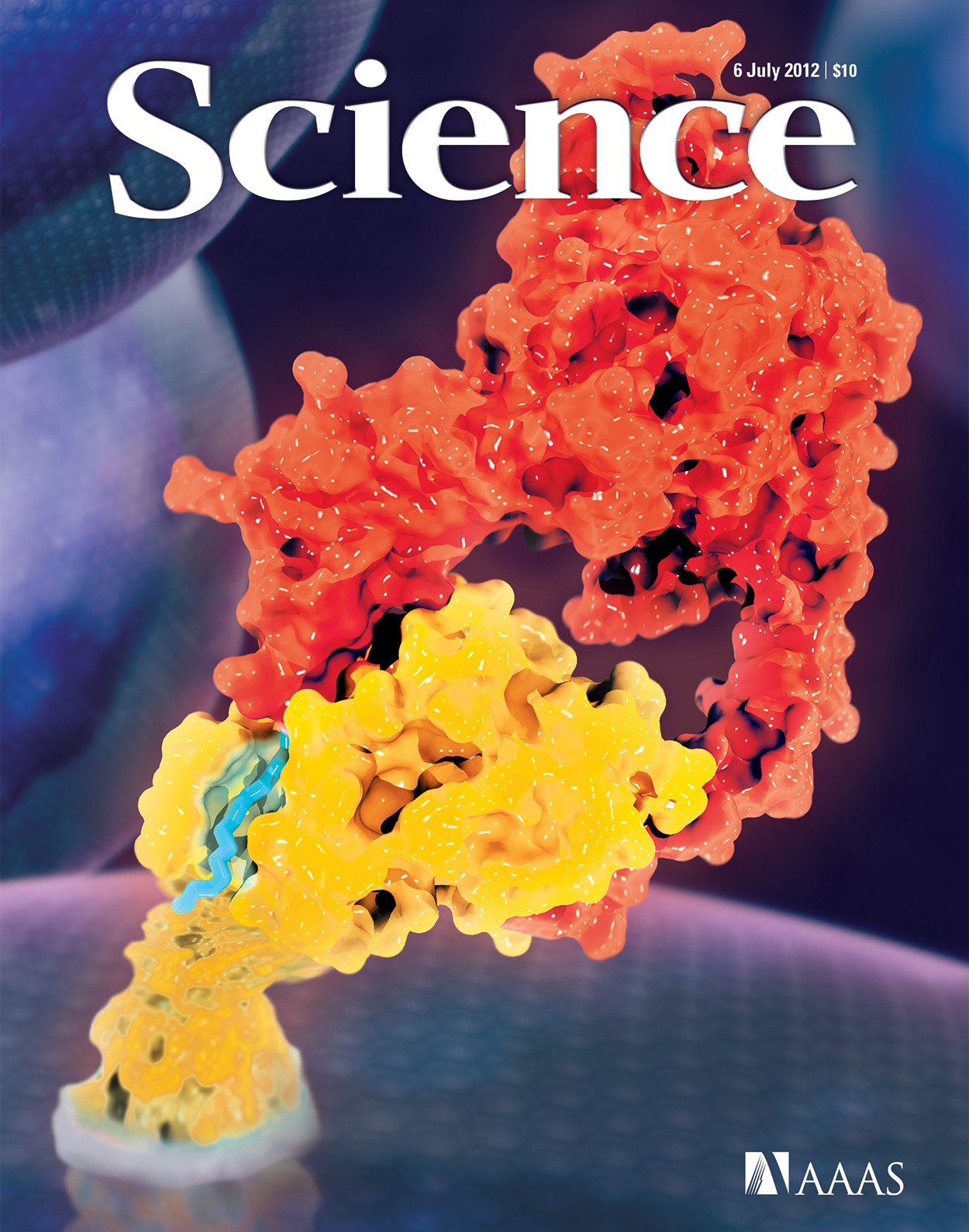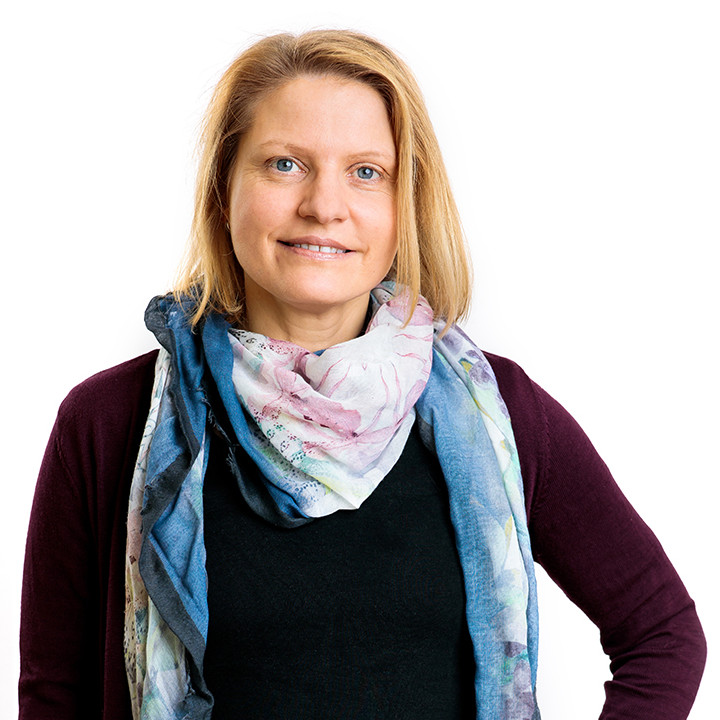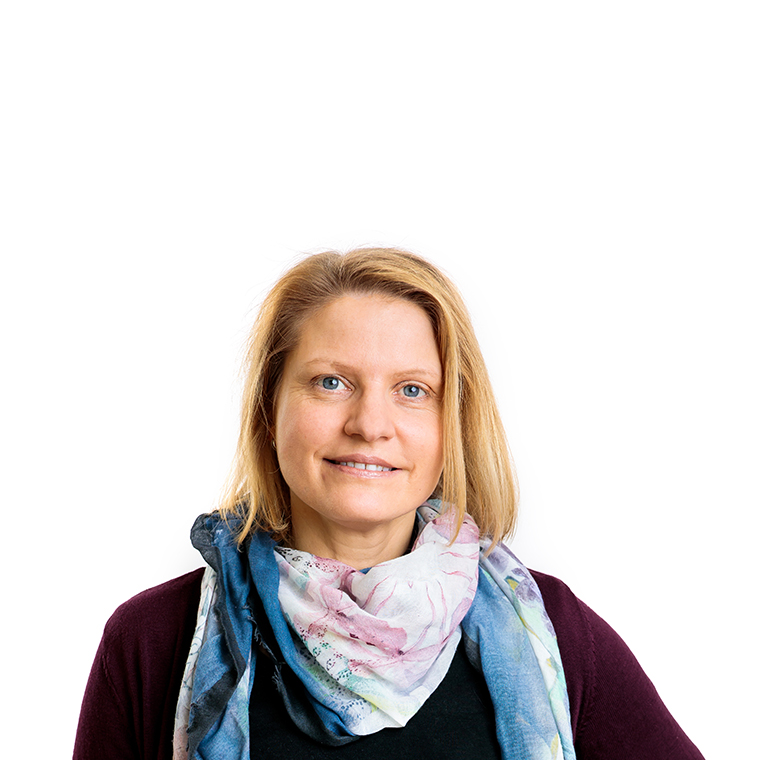As a protein engineer and cell biologist, I have a strong interest in cancer biology and regenerative medicine. I received my PhD in Structural Biology at the MRC-Laboratory of Molecular Biology and the University of Cambridge, UK. Subsequently, I joined Stanford University School of Medicine to pursue my postdoc in the laboratory of Prof. K. Christopher Garcia. During this time, I determined the first crystal structure of a Wnt ligand - Frizzled receptor complex (Science cover article in 2012) and engineered Wnt mimetics with drug-like properties, which allowed for the first time the precise activation of Wnt signaling in vitro and in vivo (2 Nature papers in 2017). In 2016, together with Prof. K. Christopher Garcia, Prof. Hans Clevers, Prof. Calvin Kuo, and Prof. Roel Nusse, we secured $30M in Series A funding and co-founded Surrozen, a biotechnology company developing antibody-based Wnt mimetics for regenerative medicine. I joined Surrozen from 2016-2018, where I was instrumental in establishing the protein and antibody engineering department and served as the team leader of the bone regeneration and bone cancer program. After securing $50M in Series B funding in 2018, I returned to academic research.
Science cover (July 2012) showing the crystal structure of a Wnt ligand (red) - Frizzled receptor (yellow) complex.
Since 2018, I have been a group leader at the Princess Máxima Center. My laboratory focuses on 1) developing innovative antibody-based therapies for pediatric cancers; and 2) studying the molecular mechanisms of pediatric osteosarcoma evolution using organoid technology and (single-cell) omics approaches. Besides, I am establishing and leading the in-house Protein Facility that aims to facilitate researchers at the Princess Máxima Center to include protein/antibody work in their research lines, such as developing new diagnostic and therapeutic antibodies for pediatric cancers.



